The main diseases of squash are: gray mold, powdery mildew, silver leaf disease, downy mildew, blight, anthracnose, black spot, blight, blight, soft rot, leaf blight, bacterial leaf blight , brown rot, aspergillosis, root knot nematode, brown spoilage. Below, Xiaobian will take you to identify and distinguish these melons.

Gray mold
Typical symptoms
Mainly harmful to melons;
More intrusion from the defeated flower, leading to flower rot, which produces a gray mold layer, which later jeopardizes the young melon; the tip of the melon strip is chlorotic, then becomes a water-soaked soft rot, atrophy, and a gray mold layer is formed thereon. ;
The onset of the leaves, mostly from the leaf margin, is a "V" shaped spot.
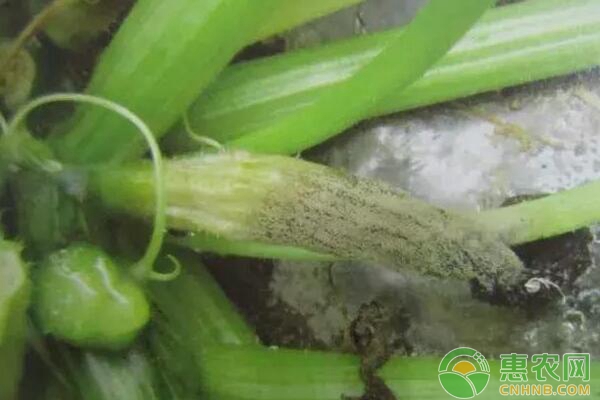
powdery mildew
Typical symptoms
Mainly endangering leaves, petioles, stems;
The early stage of the lesion is a small white powder with a small round point, and then spreads into a white powder spot with unclear edges;
In severe cases, the entire blade is covered with white powder.
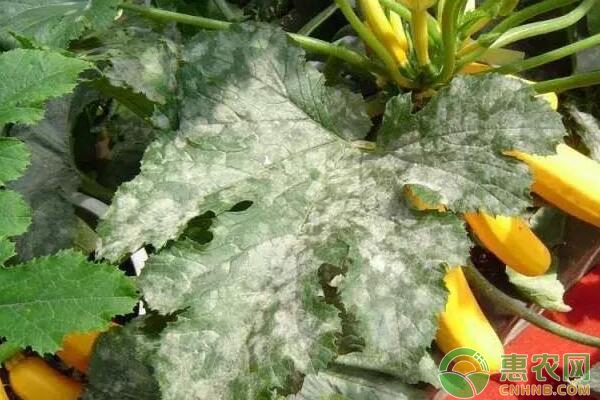
Silver leaf disease
Typical symptoms
The leaves begin to turn silvery or bright white along the veins, and the whole leaves turn silver, but the leaf back is normal.
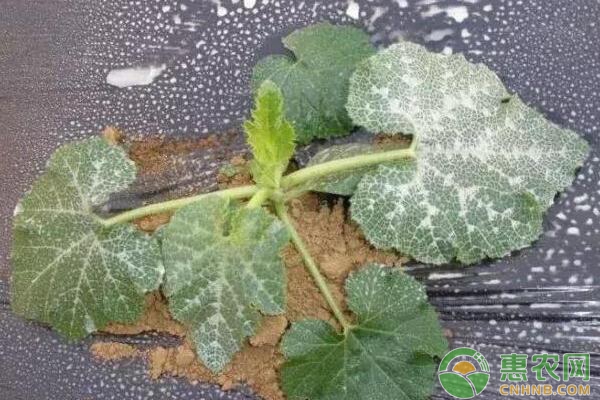
Downy mildew
Typical symptoms
Mainly harmful to the leaves;
In the early stage of the disease, there is a small spot in the back of the leaf, which gradually expands into a polygonal shape, and then a black-purple mold layer grows;
The front of the leaf is chlorotic at the beginning, gradually changing to a yellow-brown necrotic spot, polygonal;
As the disease progresses, multiple lesions are connected to each other into irregular large spots.

Blight
Typical symptoms
The tender tip and the young stem are first dark green and soaked, then rot and die;
The incidence of leaves is mostly from the leaf margin or petiole, which is water-immersed, dark green, irregular large lesions;
When the humidity is high, the diseased part is rotted, and when it is dry, the diseased part is cyan and easily broken.
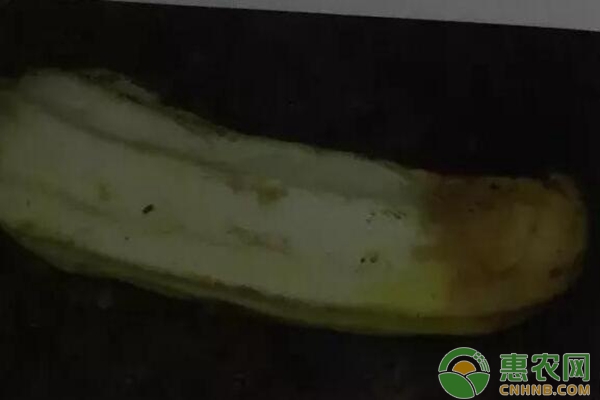
anthrax
Typical symptoms
Mainly harmful to the leaves;
Most of the lesions start from the leaf margin, initially brown spots, and then gradually expand and join together, resulting in dry leaves;
When the humidity is high, the size of the vermilion needle will appear on the lesion.
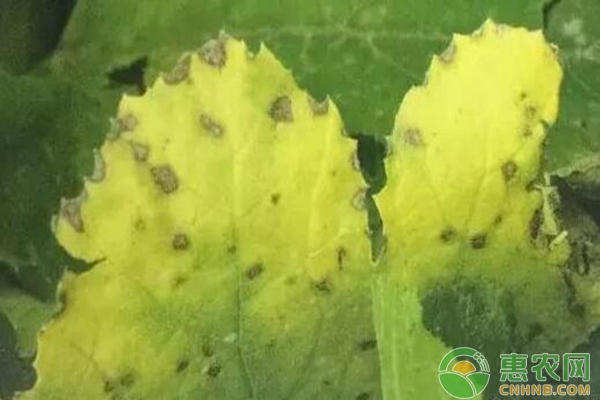
Blight
Typical symptoms
Mainly harmful to stems, leaves, fruits;
Infected leaves, mostly from the edge of the leaves, forming a yellow-brown to brown "V" shaped lesions, which are densely colored with small black spots, which are easily broken after drying;
Stem vine disease, the initial production of oil-immersed small lesions, gradually widened and tend to surround the stems for half a week to a week, the diseased part of the small black spots, the late lesions turned yellow-brown;
When the fruit is infected, it initially forms a water-soaked dot in the middle cortex of the melon, and then invades into the interior, causing soft rot, and the melon skin is yellowish brown.

Fusarium wilt
Typical symptoms
More often occurs in the early stages of melons, only the roots are jeopardized;
In the early stage of the disease, the unilateral leaves or plants sag and droop at noon, which seems to be lack of water. The symptoms of wilting are restored sooner or later, and the leaves of the wilting are increasing, spreading throughout the plant, causing the whole plant to die;
The base or stem of the stem becomes brown and contracted, causing the vascular bundle to brown.

Soft rot
Typical symptoms
Mainly harmful to melon strips, mostly invaded from the wound;
The initial stage is water-immersed grayish white necrosis, then softened and rotted, smelly;
When the humidity is high, the ash will be faint and viscous.
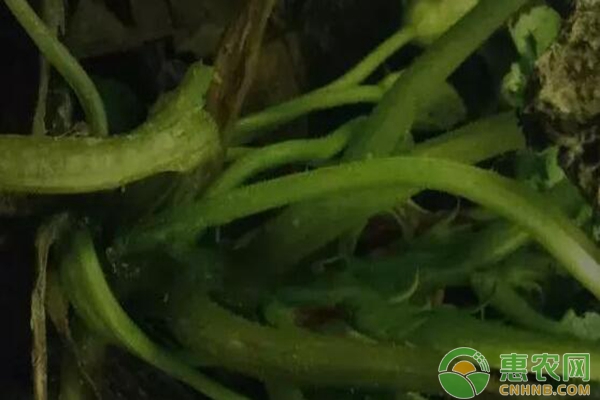
Leaf blight
Typical symptoms
It often occurs in the middle and late growth stages, and there are many old leaves.
Initially, a yellow-brown necrotic spot is formed between the leaf margin or the vein, and a yellow-green halo is surrounded;
After that, it becomes a small round spot with an inconspicuous wheel pattern.
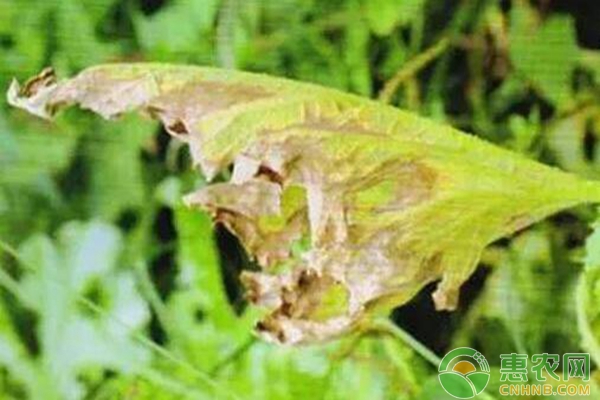
Bacterial leaf blight
Typical symptoms
Mainly harmful to the blade;
At the beginning of the lesion, the water-immersed chlorotic dots are nearly round, and when expanded, they become irregular yellow necrotic spots, and the lesions are depressed.
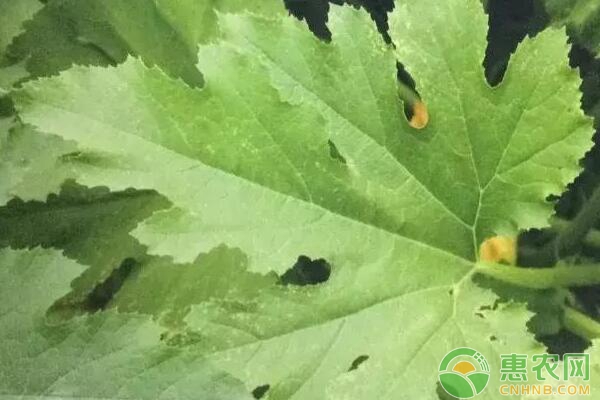
Brown rot
Typical symptoms
Mainly harmful to young melons;
Infested from the flower or injured tissue, resulting in watery immersion and decay of the diseased part;
The melon strip is infested by the flower, and develops along the umbilicus to the melon strip, resulting in soft rot of the whole melon;
The diseased department will grow a black burly layer of burr.
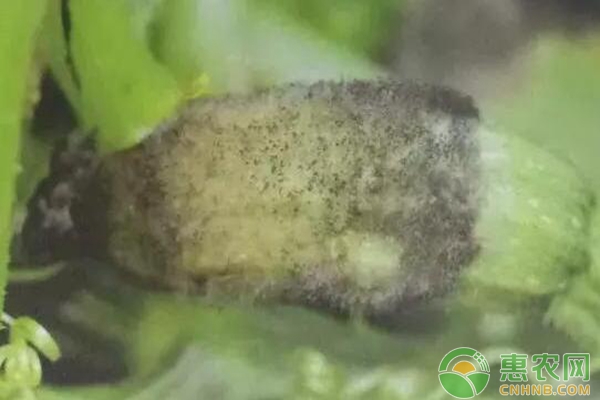
Root knot nematode
Typical symptoms
Mainly at the roots;
Roots of different sizes of tumors after the diseased roots or lateral roots are infected;
When the upper part of the diseased plant is mild, the symptoms are not obvious, and when the disease is severe, it is wilting or gradually yellowing at noon.

Viral disease
Typical symptoms
Mainly there are mosaic type, yellowing and shrinking type, and the two are mixed;
The leaves are transformed into young leaves and chlorotic spots, and the leaves are light and uneven, and the leaves are mottled. When severe, they become chicken claws.
The upper leaves of the yellowing and shrinking plants are chlorotic along the veins, and there are thick green wrinkles on the leaves, and then the leaves are yellowed and shrunk;
The fruit is small, and there are spots on the fruit surface, or uneven tumors.
Medical Plaster,Plasters Sprain Plaster,Plaster For Injury,Waterproof Plaster Patch
Puyang Degren Medical Equipment Co., Ltd. , https://www.degrenyuwei.com